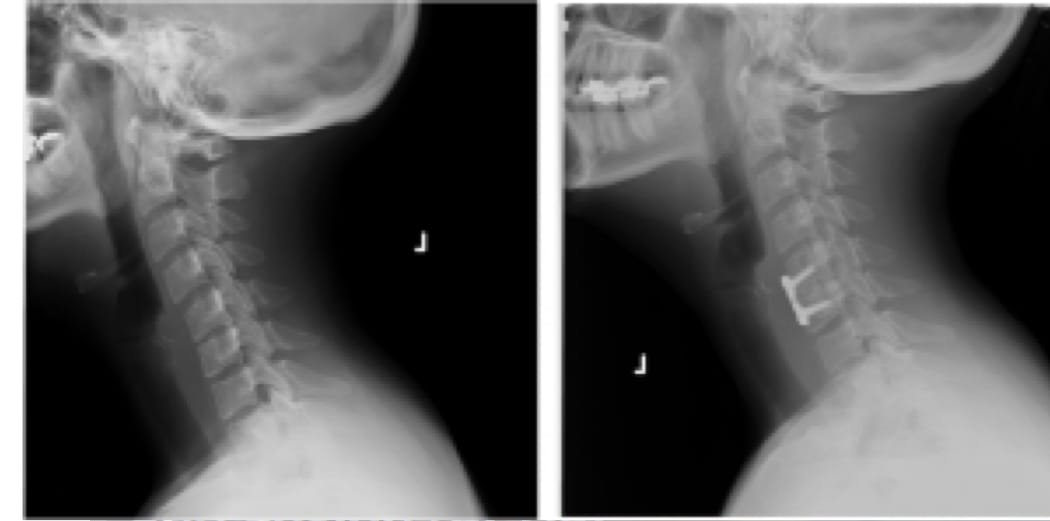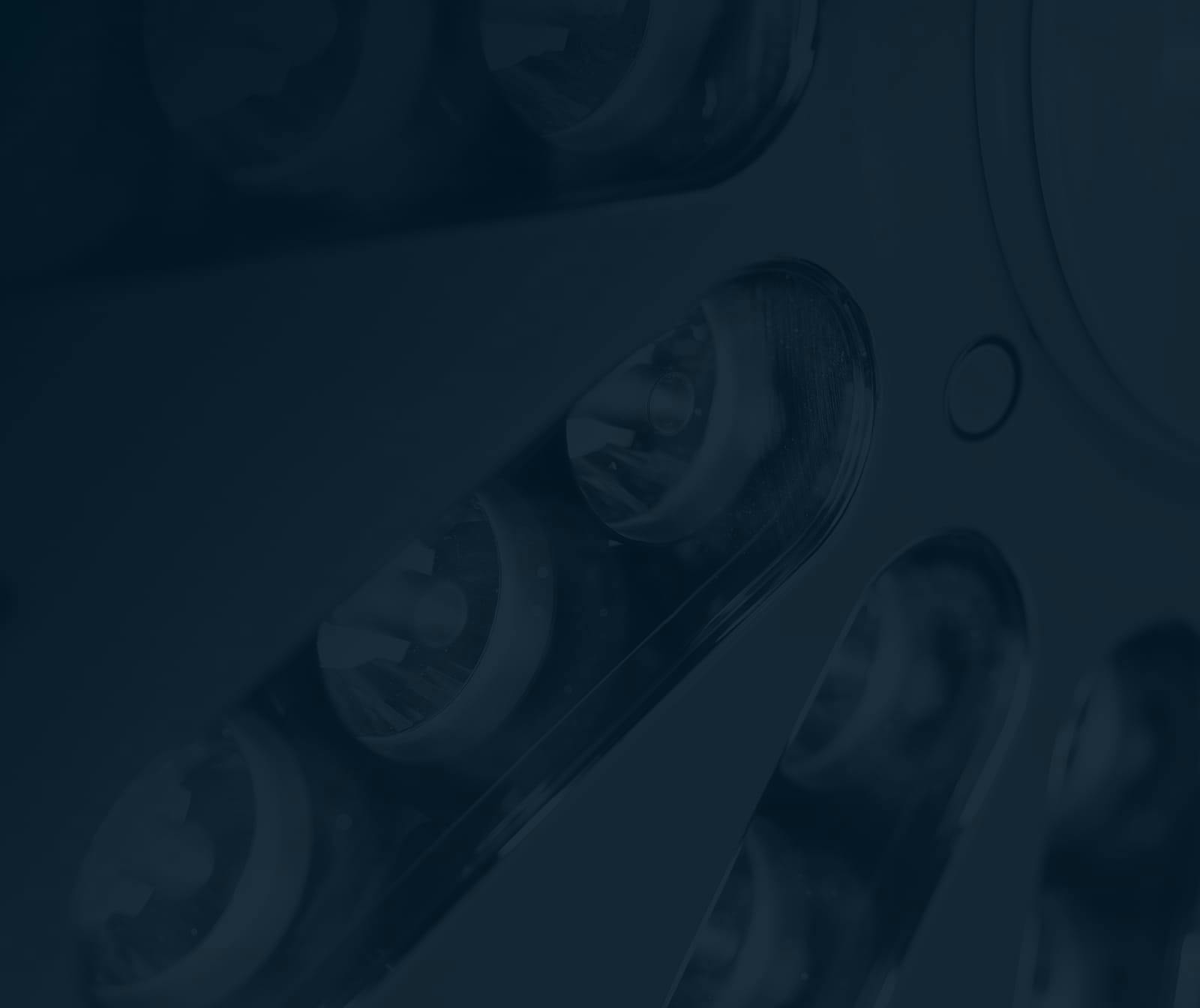After Surgery
The patient is moved into the recovery area after the surgery. Our nurses and other members of the medical team closely monitor the patient’s vital signs, this would include the patient’s respiration, pulse, blood pressure, and level of pain.
There is some post-operative pain that should be expected and patients will receive pain medication either through their IV (intravenous line) or by mouth. Dr. Stieber provides ACDF patients with instructions about what to expect and self-care after hospital discharge.

Pre and post operative x-rays of a 49 year old female who was treated with an ACDF





